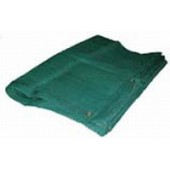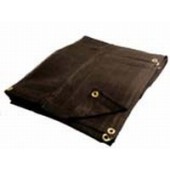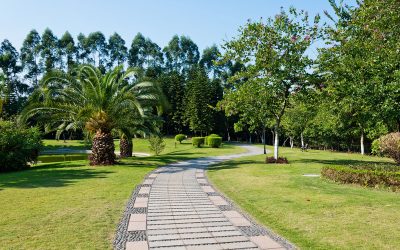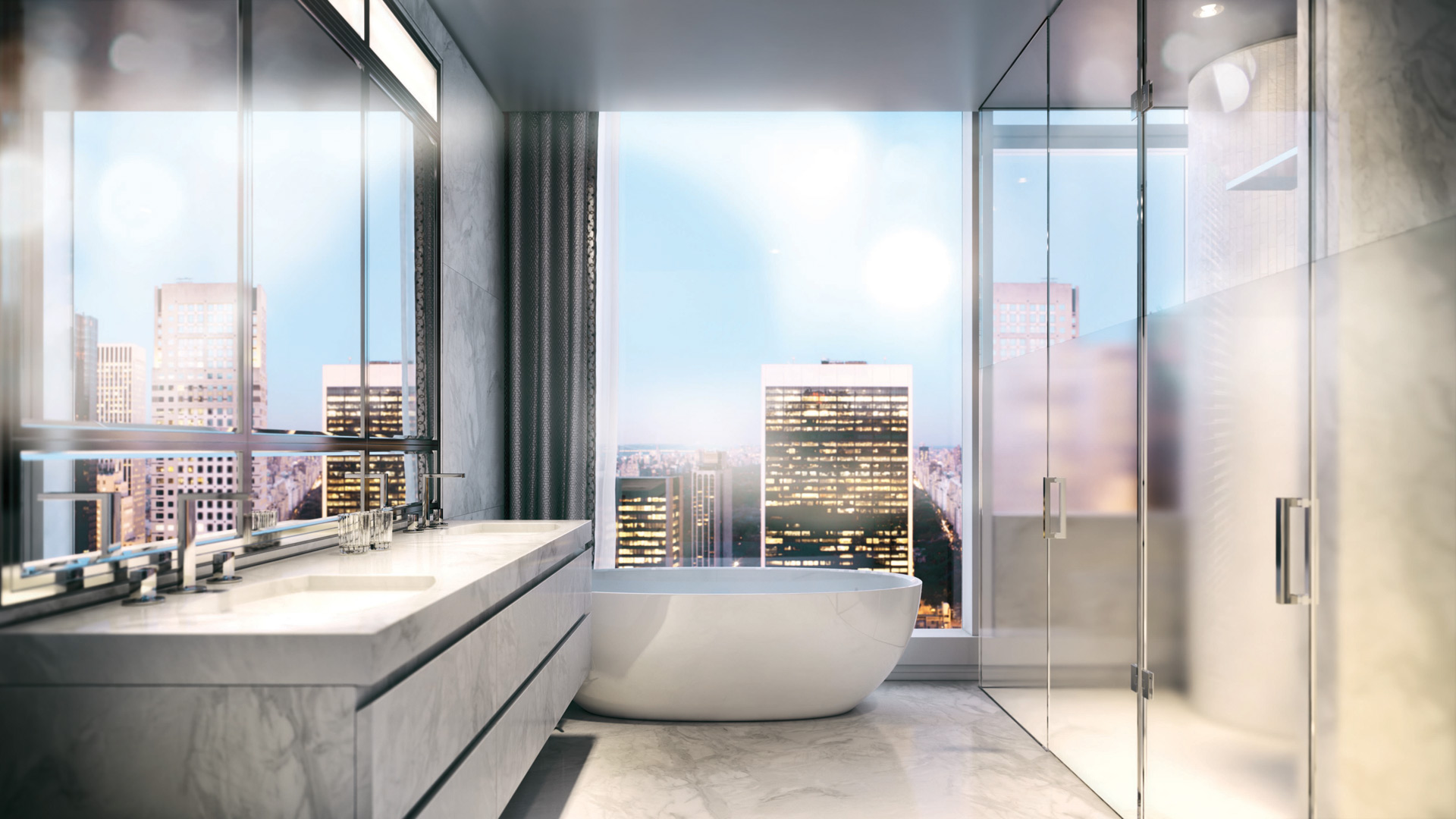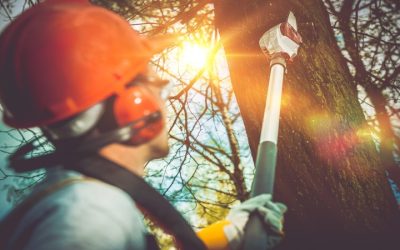Shade mesh tarps are used in a number of areas; nurseries, garden centers, swap meets, camping and of course, greenhouses. In all instances what is important is the percentage of shad, the degree of UV protection and the color. There are two types of shade mesh tarps; standard which is designed for use outdoors and an indoor version which is very light weight. Before you purchase shade cloth you should understand the features of both. Shade cloth can be purchased either as woven or knitted; this too is an important consideration.
The most important feature of the shade cloth is the shade percentage; this can range between 25 and 90% with 73% being a standard. When the shade cloth is being used for a greenhouse the density will be dictated by the type of plants being grown. Greenhouse shade mesh tarps must also have a high UV protection level.
Standard shade cloth which is for use outdoors is made from UV protected materials, usually polyethylene or polypropylene; they are fitted with grommets all around the perimeter for ease of installation. The method of manufacture can be either knitted or woven; the knitted variety may be a better choice if the tarp has to be cut as it is less likely to fray.
Shade mesh tarps are available in different colors but by far the most popular is black. Black mesh fabric absorbs the heat and provides excellent protect against ultra violet rays. Although these are two ideal features, black tarps have the tendency to transfer the heat and hold it under the tarp, this may not be ideal for some uses. Green shade cloth does not hold the heat and if the use is a greenhouse, it will lower the interior temperature.
There is another type of shade cloth which is designed for indoor use; it is very light and also quite expensive. This cloth has threads of aluminum running through it which is an effective method of reflecting heat and UV rays. This type of material will fray easily so caution must be taken when using it.
When selecting the shade screen mesh tarp, pay attention to the grommets, make sure they are made from a rust resistant material and at most, 18 inches on center which helps to stabilize the tarp in high winds.
